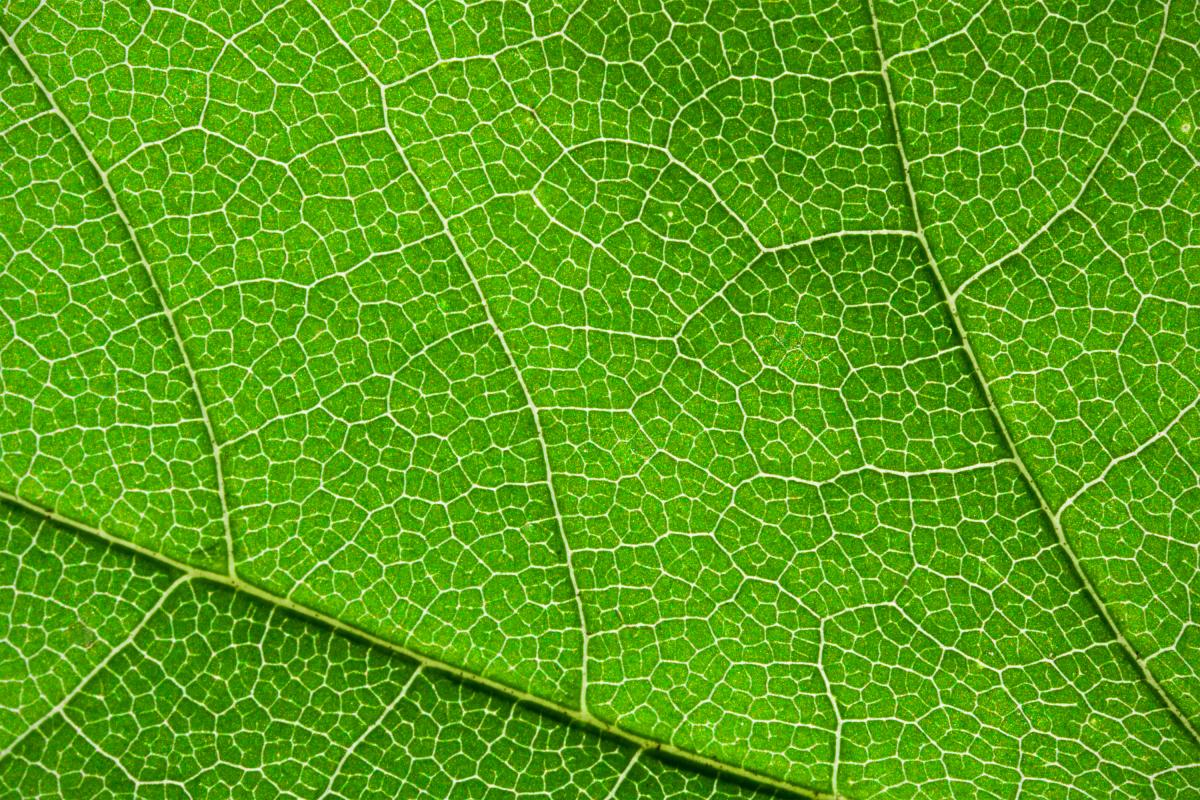Revealing the Hidden Relationships Inside Plant Cells
By Olivia Roscow
June 14, 2018

Plants have been the focus of intensive study for centuries, but these complex organisms still have many secrets yet to be revealed. A new study from the Department of Molecular and Cellular Biology has determined that chloroplasts – the small organelles within plant cells which carry out photosynthesis – can interact with other structures around them in surprising ways.
“The eukaryotic cell, the plant cell in particular, is my playing field. From 1994 onwards I’ve been creating an array of tools for studying subcellular interactions,” says Prof. Jaideep Mathur, who led the study.
During the day, chloroplast-rich cells in the inner tissue of a leaf known as the “mesophyll” provide the plant with energy by carrying out photosynthesis. However, with so much photosynthesis going on, sugar and oxygen (the products of photosynthesis) begin to accumulate and slow down the process. If this excess oxygen and sugar could be moved elsewhere, the mesophyll chloroplasts could continue their job of powering the plant much more efficiently.
This is where “pavement cells” come in; these cells are on the outside of leaves and protect the mesophyll cells underneath. While text books mention that pavement cells do not have chloroplasts, Mathur and his team demonstrated the presence of a subset of small chloroplasts in these cells. The team also showed that these pavement cell chloroplasts are stimulated by sunlight to form extensions called stromules. What these stromules do is not yet entirely understood, but their sunlight-triggered activity and other examinations by Mathur suggests that pavement cells could also respond to the excess sugar from mesophyll cells.

Cross-section of an Arabidopsis leaf showing small chloroplasts (in green)in upper pavement cells and larger chloroplasts (in orange) in lower mesophyll cells (photo by J. Mathur)
“Plants are unable to move or run away from stressors like animals can, but that doesn’t mean they don’t respond quickly on a cellular level,” says Mathur.
The stromule extension observed by the Mathur lab demonstrates just such a rapid cellular response, and is an exciting glimpse into the hidden relationships within plant cells. By using cutting-edge fluorescent protein based tools to visualize and characterize the interactions that are happening at the subcellular level, Mathur’s Laboratory of Plant Development and Interactions is shedding light on important biological processes for facilitating increased understanding of plants in a rapidly changing global environment.
This study was funded by the Natural Sciences and Engineering Research Council of Canada (NSERC), Canada.
Read the full story in the Journal of Cell Science (login required).
Read about other CBS Research Highlights.